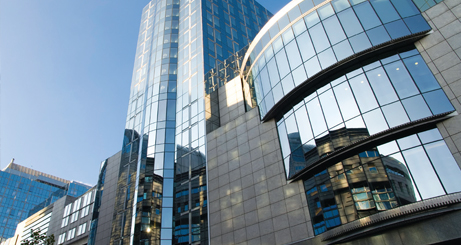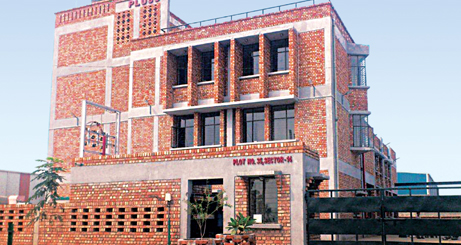Introduction
The direct relationship between indoor air pollution and health is quite obvious these days. Though the measures currently being taken are still not adequate, at least there is awareness that indoor environmental conditions require special attention. Caring for air quality or indoor environment takes care of the health of people who live, work, or otherwise spend considerable time inside a building.
Most people spend up to 90% of their time indoors, which prevents them from breathing good quality air. In fact, the European Commission (EC) has recently warned that the threat posed by indoor air pollution has been underestimated. According to EC, respiratory and infectious diseases and allergies have continued to grow in Europe, and by 2015 it is expected that half the Europeans will suffer some form of these, including eczema, hay fever and asthma. In fact, the number of cases of the latter has doubled in the last decade in EU and causes loss of productivity of € 9.8 million per annum (Rs.82 Cr).
Just as the concern over the quality of water in homes and workplaces has driven tremendous growth in bottled water and water filtration systems, there is also increasing awareness and interest in Indoor Air Quality (IAQ), which is leading it to become one of the top issues on everyone’s minds. Poor air quality in commercial buildings often contributes to high absenteeism of employees and occupants of the facility. Because of high traffic in many commercial establishments, there is a constant influx of germs and bacteria brought in by building occupants. Radiant Catalytic Technology (RCI) offers a solution for air quality issues, ensuring an environment safe from air pollutants for occupants.
It should also be noted that the lack of hazard analysis associated with exposure to indoor air pollution has major economic consequences, both in public health spending as well as man-days of production lost and personal cost to individuals. Implementation of air purification technologies such
How Does RCI Technology Work?
This technology was developed at the Wisconsin Center for Space Automation and Robotics (WCSAR) that specializes in systems for biotechnology research, which achieved a major breakthrough by developing a technology that allowed the growth of plants and organisms in space without sunlight. They obtained an effective plant growth and found that using a UV light exposure on a noble metal alloy eliminates the ethylene gas that is responsible for the premature ageing of plants and other organisms. This development was used to validate RCI technology for application in industrial environments, leading to new products with advanced features.
Prestigious universities and laboratories such as Sandia National Laboratory (U.S. Biodefense) and the University of Cincinnati support the ability of RCI technology to remove pathogens by a factor of 99% on contact surfaces as well as at the aerobic level. It is currently the only known photocatalytic system that eliminates MRSA (Methicillin Resistant Staphylococcus Aureus), an antibiotic-resistant bacteria, and Influenza A virus (swine flu, avian and human), reducing and deactivating allergens, particles and spores and destroying most of the volatile organic compounds (VOCs).
RCI technology is based on the principle of photocatalysis (see Figure 1). It works by converting water vapor (H2O) and oxygen (O2) from untreated air into hydro-peroxides and hydroxyls, eliminating microbes (odors, mold, bacteria, viruses, VOCs, etc.) from the air, and creating a healthier indoor environment. Gaseous heterogeneous photocatalysis occurs through the absorption of light (UV) by a solid semiconductor (catalyst) that photo-activates, and can generate, at its surface in the presence of ambient humidity, redox active species whose reactions lead to the degradation of chemical, microbiological and gaseous (odors, VOCs, etc.) contaminants, finally eliminating them from air and surfaces.



Leave a Reply
Your email address will not be published. Required fields are marked *